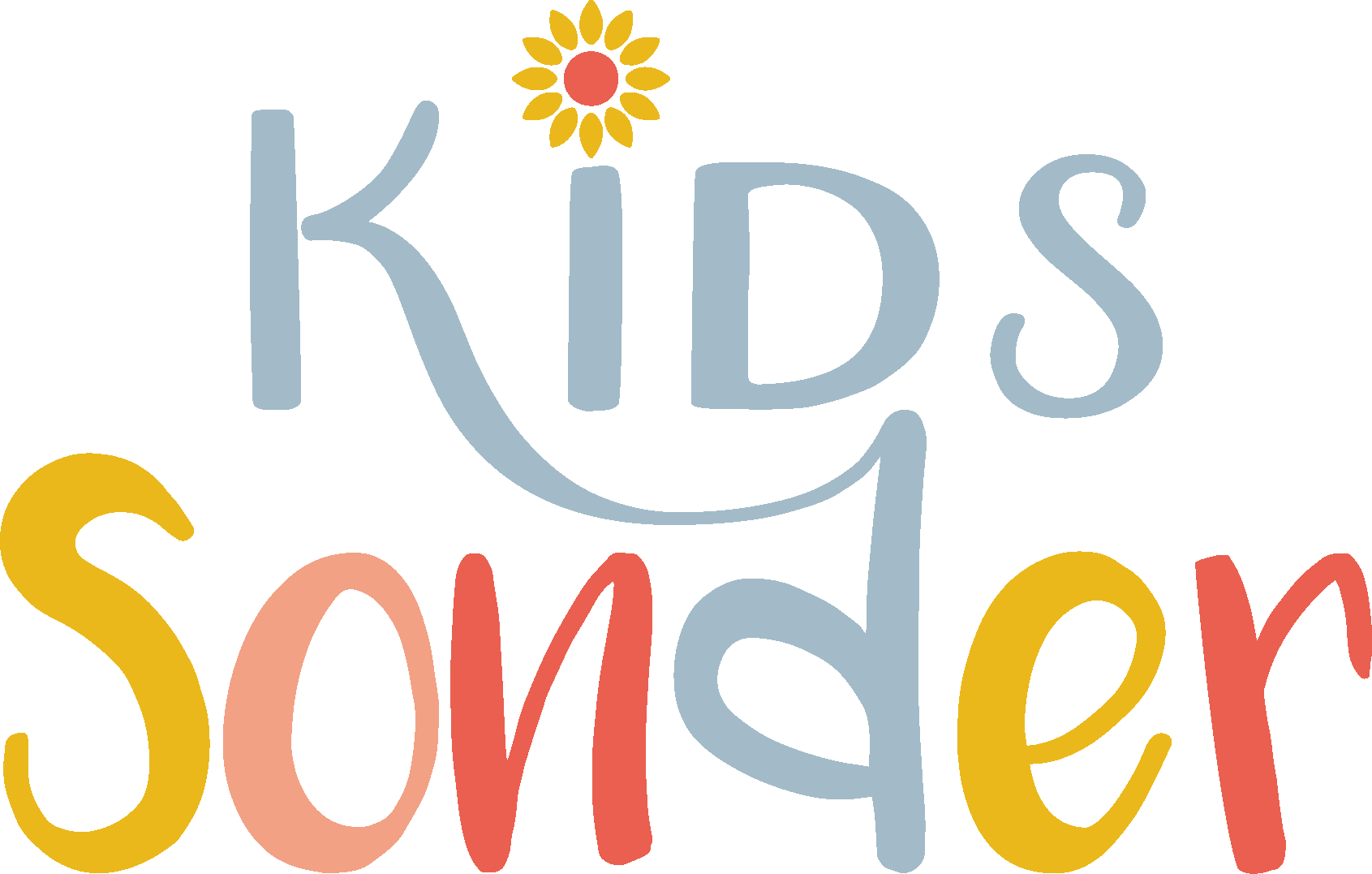Understanding how children learn at different developmental stages is key to creating effective and engaging agricultural education experiences. By recognizing cognitive, social, and motor skill development milestones, educators and parents can tailor lessons that best suit each age group. Additionally, using this information ensures that tasks are appropriate for each child's abilities, keeping activities safe and enjoyable. Let’s explore how we can incorporate agricultural learning for children ages five and above.
Ages 5-7: Early Learners
At this stage, children are naturally curious and eager to explore their environment. They learn best through hands-on activities, storytelling, and simple tasks that engage their senses. Their motor skills are still developing, so lessons should focus on basic concepts and interactive experiences.
Agriculture Learning Ideas:
-
Plant a Seed Activity: Let children plant and care for a seed, observing its growth over time.
-
Farm Animal Recognition: Introduce common farm animals and their basic lifecycle. Basic terminology, sow, boar & piglet.
-
Basic Gardening Tasks: Simple tasks like watering plants or pulling weeds help develop motor skills.
-
Farm-Themed Storytime: Read books about farming and food production to introduce key concepts.
-
Sensory Bins: Create bins with grains, soil, and small farm animal toys for tactile learning.
Safety Considerations:
-
Ensure children use child-friendly tools with no sharp edges.
-
Supervise closely when working with soil or small animals to prevent accidental ingestion or injuries.
Ages 8-10: Exploring and Experimenting: Beginner Learners
Children in this age group begin to ask more complex questions and enjoy hands-on experiments. Their cognitive skills allow for understanding basic science concepts, and they can follow step-by-step processes.
Agriculture Learning Ideas:
- Garden Journals: Have students record plant growth observations in a journal. What do plants need to grow?
-
Farm-to-Table Activities: Explain where food comes from with simple cooking lessons.
-
Livestock Terminology and Care Basics: Introduce children to basic animal care, lifecycles and terminology. i.e. sow, piglet, boar, barrow, gilt, gestation length, litter, etc.
- Weather and Crops: Discuss how weather affects farming and plant growth.
Safety Considerations:
-
Teach proper hygiene, such as washing hands after handling soil or animals.
-
Provide appropriate-sized tools to prevent strain or injury.
-
Monitor interactions with farm animals to prevent accidental bites or scratches.
Ages 11-13: Independent Thinkers: Intermediate Learners
Pre-teens develop more abstract thinking skills and can handle projects that require planning and execution. They benefit from guided research and hands-on projects with clear goals.
Agriculture Learning Ideas:
-
Science of Soil: Explore soil types and their impact on plant growth.
-
Pollination Studies: Learn about bees and their role in agriculture.
-
Livestock Nutrition: Investigate what different animals eat and why. Nutrient Groups.
-
Farm Economics: Introduce basic economic principles in farming. Records and Record Keeping.
-
Sustainable Agriculture: Discuss conservation practices and renewable farming techniques. Water cycle, nitrogen cycle, and carbon cycle.
Safety Considerations:
-
Ensure supervision when using tools or conducting experiments.
-
Teach proper handling techniques for farm animals to minimize stress and risk. Livestock Behavior and Handling.
-
Encourage the use of gloves or protective gear when dealing with chemicals or fertilizers.
Ages 14-18: Advanced Learners and Problem Solvers
Older students can analyze complex agricultural issues, conduct independent research, and participate in leadership roles within agriculture-focused activities.
Agriculture Learning Ideas:
-
Agricultural Policy Debate: Research and debate real-world farming policies.
-
Livestock Genetics: Study animal breeding and genetic selection.
-
Farm Business Planning: Develop a mock farm business, including budgeting and marketing.
-
Precision Agriculture: Explore GPS and GIS technology used in modern farming.
-
Agri-Tech Innovation: Investigate how technology is transforming agriculture.
Safety Considerations:
-
Provide training on handling livestock and using farm machinery safely.
-
Encourage the use of protective gear when working with tools, equipment, or chemicals.
-
Teach risk assessment and emergency response procedures for farm settings.
Applying This Knowledge in Teaching Agriculture
By understanding age-related learning stages, we can create agricultural lessons that align with cognitive and physical development. Young learners thrive with hands-on activities, while older students engage best through inquiry-based learning and real-world applications. Additionally, keeping tasks within each child's ability ensures their safety and builds confidence in their skills. Whether in a classroom, at home, or on the farm, agricultural education can be an exciting and secure journey for all ages!
Related blog post:





